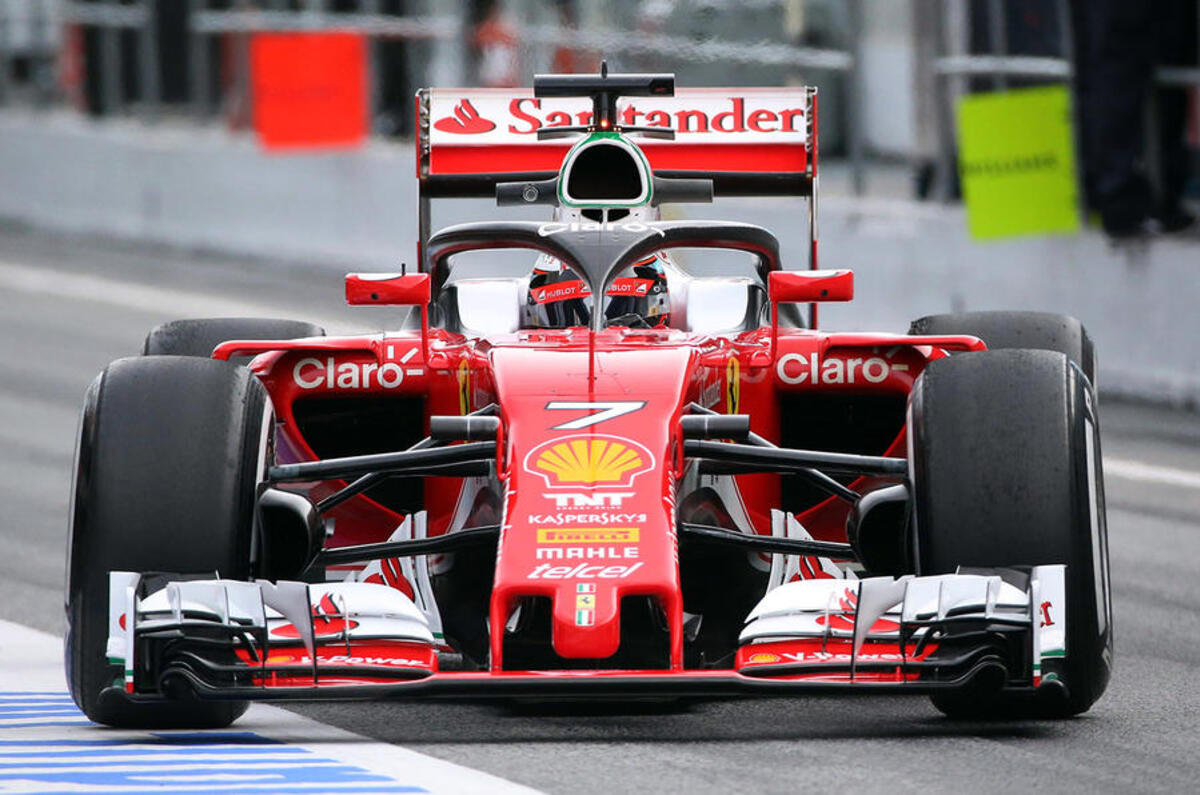Ferrari has threatened to leave Formula One after its current contract ends in 2020, in response to the recently announced changes for the 2021 season, which can be read below.
Ferrari boss Sergio Marchionne hit out at the regulation changes during the brand's third quarter results conference call, reiterating sentiments he had expressed at last week's Finali Mondiali.
Marchionne began by saying that while there are good elements of the plans, such as the cost reduction, “a couple of things we don't necessarily agree with, one of which is the fact that somehow sort of powertrain uniqueness is not going to be sort of one of the drivers of distinctiveness in the participants lineup.”
"And that we see the sport in 2021 taking on a different air is going to force some decisions on the part of Ferrari. Unless we find a set of circumstances the results of which are beneficial to the maintenance of the brand in the marketplace and to the strengthening of the unique position for Ferrari, Ferrari will not play," he continued.
A withdrawal from F1 would be a blow for the sport, as Ferrari has never missed a season, but Marchionne floated the possibility of 'alternatives'. "it does open up a whole pile of alternatives about what else Ferrari could be doing with itself going forward beyond that date." Previous reports alleged that Ferrari would consider entering Formula E, under the right circumstances.
On the flipside, Aston Martin boss Andy Palmer has hinted that the brand is further considering a Formula One entry, following the announcement of new regulations for the 2021 season.
The FIA set out the direction for the new engine regulations for the 2021 Formula 1 season, with lower engine development costs at the top of the bill; a key point of interest for manufacturers wanting to participate in F1.
Aston CEO Palmer told Autocar: “Aston Martin attended the recent FIA meeting and has been deeply involved through its submissions on potential solutions. We are encouraged by the directions being taken and continue to study a potential Aston Martin solution for 2021. The key will be how development costs are controlled to make participation by independent engine suppliers a viable possibility.”
Under the new regulations, the 1.6-litre turbocharged V6 hybrid power unit formula, which was introduced in 2014, will remain, but with some key modifications.
Stricter parameters for the design of engines' internals are intended to reduce development costs for engine manufacturers and to "discourage extreme designs and running conditions", while a "high level" of new external parameters are said by the FIA to provide teams with a "plug-and-play engine/chassis/transmission swap capability".





Join the debate
Add your comment
And Man. United threaten to leave the premiership
Call Liberty Media's bluff mate, see how far it gets you :)
formula 1 is a waste of time ,money and resources
I along with many friends do not even watch it now,it has lost its charm years ago and the 1.6 v6 put the final nail in the coffin.What a waste of time much prefer road car racing with decent engines.
Ferrari's having a tantrum
Ferrari's having a tantrum every time they don't like something is, or should be, embarrassing. That said, I think it would be a shame if all the engines become still standardized. I'd like to see them eliminate the requirement for every engine to be a V6 -- set the displacement limit (and whatever else), but let each manufacturer decide how many cylinders (and their configuration) they want. Maybe everyone will decide to build the same thing anyway, but at least they'd have the freedom to choose. The result might be much more interesting.
Engine rules
Exactly. It's never made sense to me why the engines have been so strictly defined. They should set the fuel limit, and let the rest take care of itself. As Speedraser mentioned, there's a good chance the engines would all look similar. But it leaves much more room for innovation, and at the end of the day, the constructors championship is what sets F1 apart from the rest.
They don't place restrictions on the shape of the driver. So why restrict the car. If the car can safely complete the race with the allotted fuel, job done.